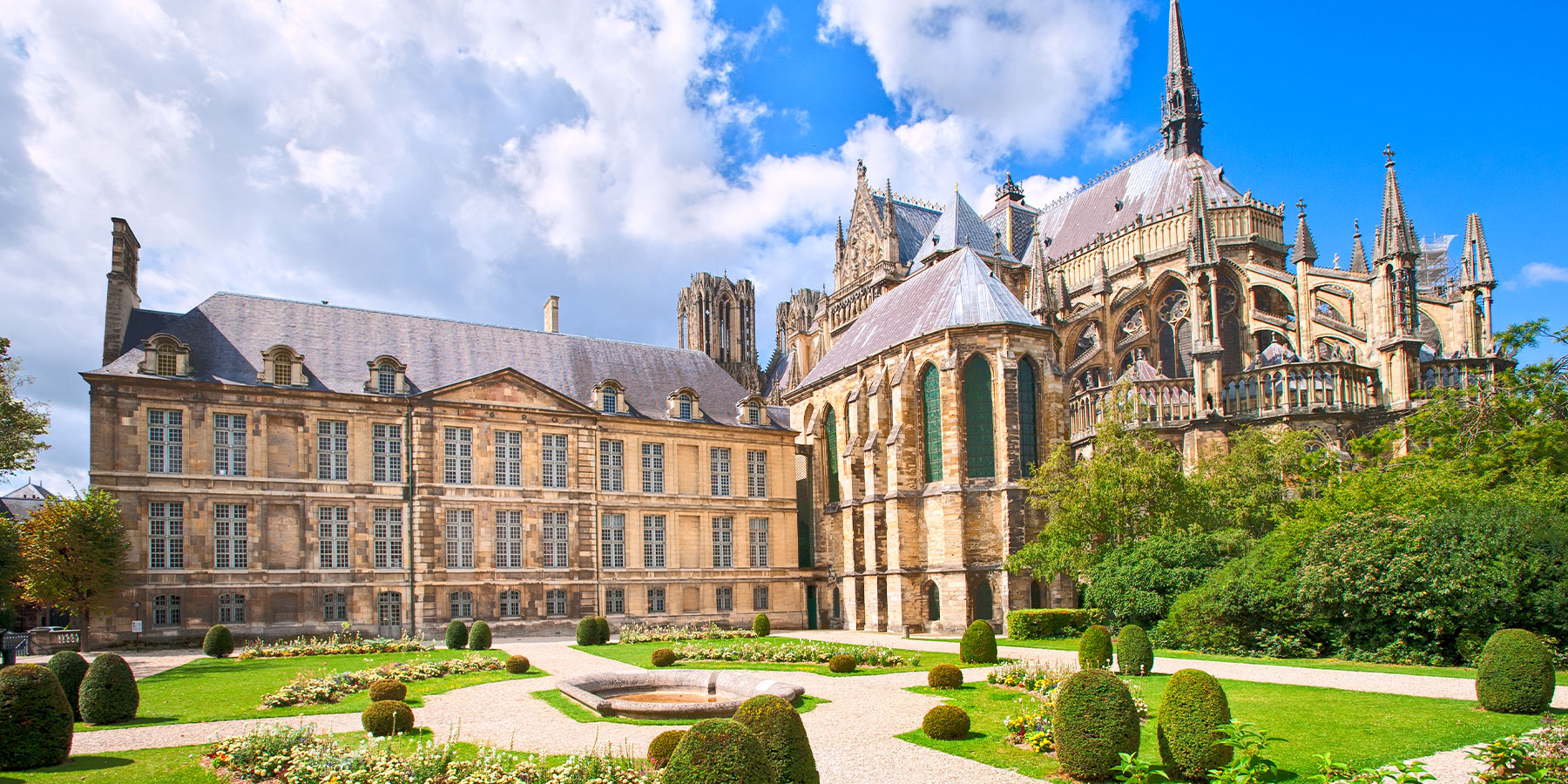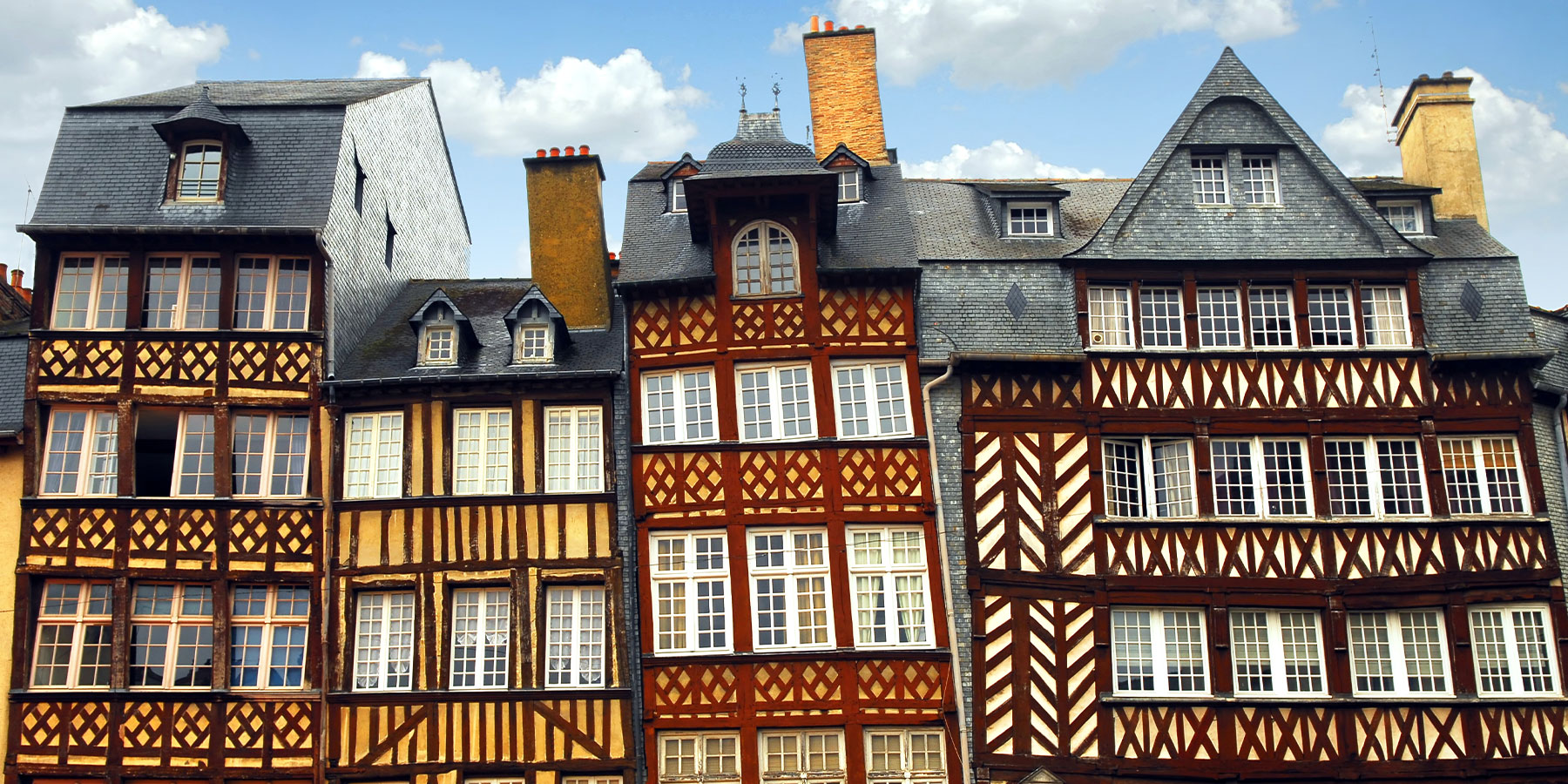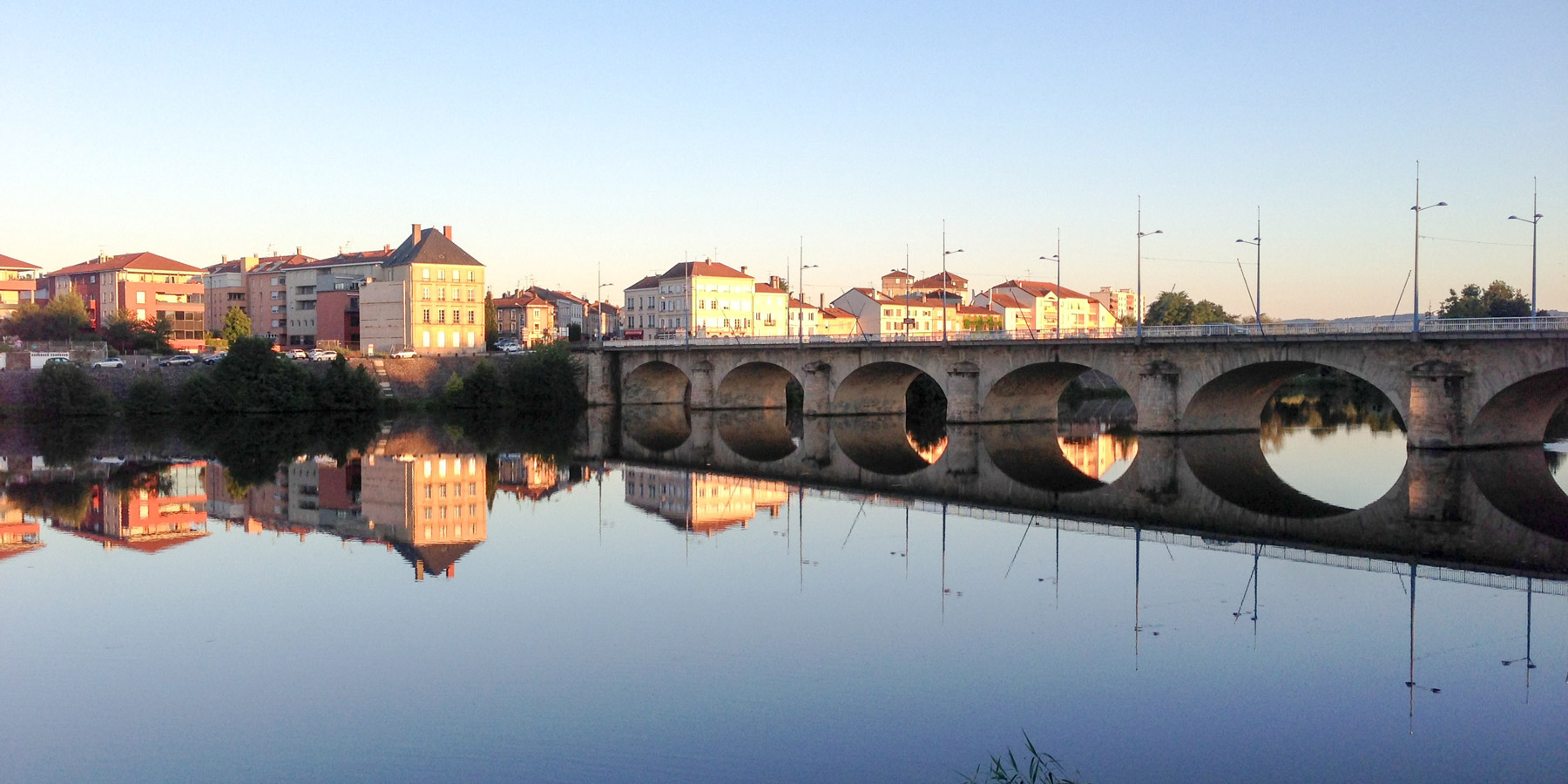
Saint-Corentin Cathedral

This point of interest is available as audio on the tour: Visit Quimper, Cornouaille’s Capital in All Its Glory
Let the bells ring out—we’ve arrived at the heart and soul of Quimper: the iconic Saint-Corentin Cathedral. A cherished symbol for locals and a must-see for visitors, this majestic structure leaves its mark both on the skyline and in the history of Old Quimper. Its story begins in 1239, when Bishop Raynaud initiated the construction of a new cathedral on the site of an earlier church. The inspiration? The soaring Gothic masterpieces of the Île-de-France region. Of course, a project of this scale was never going to be quick. Yet no one could have predicted it would take six centuries to complete. The first major phase was the choir, started in 1240 and finished only in 1410—a delay due to setbacks such as the War of the Breton Succession and the devastating Black Death in the 14th century. Luckily, the rest of the work moved along a bit faster. Over the next 65 years, the builders added the façade—unusually with just one portal—the two towers, the nave, and the transept. In the 1850s, local architect Joseph Bigot took on the task of restoring the cathedral. He focused on the chapel decorations, replaced the stained glass windows destroyed during the French Revolution, and most notably, oversaw the construction of the twin spires. These were funded by the people of Quimper and built between 1854 and 1856. At 76 meters tall, they dominate the skyline—and you’ll spot them more than once during your visit. Despite the long and at times difficult construction process, Saint-Corentin Cathedral displays a remarkable sense of architectural unity, true to its Gothic roots. The entrance is free, so be sure to step inside. The interior stretches over 90 meters in length and 20 meters in height, with plenty to admire. Look out for the magnificent 15th-century stained glass windows, the glowing yellow and ochre vaulted ceilings restored in the late 1800s, and a small but touching statue of Santik—or Santig Du—known as the “little black saint.” This Breton Franciscan monk is especially revered in Quimper for tending to the sick and burying plague victims in the 14th century. To this day, locals leave bread at his feet for those in need. Now, take a look down the nave—notice anything unusual? That’s right, it’s not aligned with the choir. Saint-Corentin Cathedral is slightly crooked! There are three main theories to explain this: one symbolic, referencing the tilt of Christ’s head on the cross; one practical, designed to make the façade visible from Kéréon Street; and one geological, pointing to unstable ground near the Odet River. Which one is true? No one knows for sure. Classified as a historic monument in 1862, Saint-Corentin Cathedral still holds a few mysteries—starting with the saint it’s named after and the legendary King Gradlon, whose statue proudly stands between the spires.


Discover Quimper with app
An interactive guide through the most beautiful streets, squares, and districts
23 fun audioguides full of historical facts, anecdotes, and legends





Comments